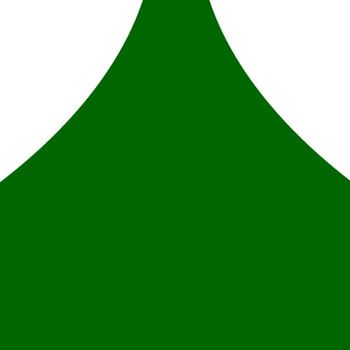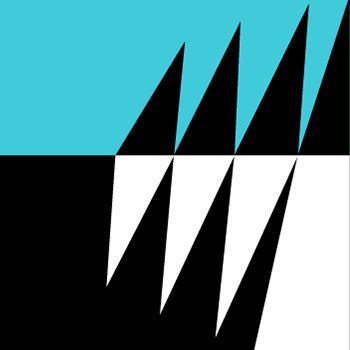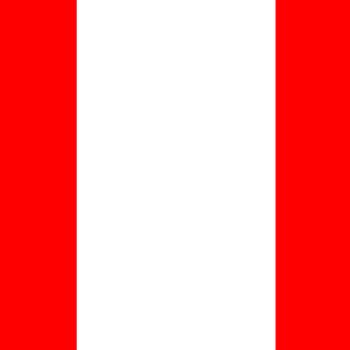South’s Cooney cops lengthy suspension at 1920 hearing

We’ve all read about and seen on TV the debates and outcomes at lengthy Tribunal hearings.
Especially at AFL level, as to players’ credit there seem to be fewer and fewer charges laid in our region’s major league and district level footy.
But there were some absolute beauties in the penalty area 100 years ago.
Ponder a moment the result of a May, 1920 BFL hearing chaired by the league president Mr. M.E. O’Brien.
Up on a charge was South Bendigo’s P. Cooney with the affected player Sandhurst’s N. Vance.
So what was the charge? Striking, head-butting, punching behind the ear while attempting to clear the ball in a marking contest?
Nope. None of the above. The charge, would you believe, was bribery.
Sandhurst secretary W. Byrne laid the bribery charge against Cooney who, he said, was charged with an offence considered by BFL officials to be “the most serious one in the calendar of football: trying to influence an opposing player against his own club by means of monetary consideration.”
And Mr Byrne wasn’t finished. “If such a thing was allowed, or becomes common, football in our city would soon die out.
“The league has been entrusted with carrying on the affairs of football and its officers are supposed to keep the game clean in every way.”
Addressing the committee separately Vance and Cooney both stated that off the field they were “friendly” towards each other.
Cooney did not deny that a conversation took place between him and Vance.
Another witness, apparently a teammate of Vance, said a disturbance had arisen during the conversation and “it looked as if something was going on that was not in the interests of our Sandhurst club.”
During questions to other on-field players some admitted they’d heard the term “squaring’ being used.
Chairman O’Brien said it seemed player Vance “had been lending a willing ear to the betrayer.
“It would have been much better had Vance resented completely Cooney’s remarks about “squaring.”
The chairman permitted further questioning of Cooney and Vance and when summing up emphasised how serious the charge was.
“I do not think that any sane man could have found any other verdict than the one I’m about to hand down,” he said.
“South’s representative Mr Gambetta has been clear of what Cooney actually said to him and it is also clear the South Bendigo club was in no way connected to the case.
“But Mr Gambetta thought that Cooney’s statement might have been passed off as bravado,” Mr O’Brien wound up.
So after all this to-ing and fro-ing what suspension did Mr O’Brien’s panel hand out?
Three years. Yep, not three weeks or three months. Three, complete years which meant Cooney wasn’t eligible to lace up his boots again until the middle of the 1923 season.
In a lengthy footy reporting and broadcasting career covering 45 seasons, I’ve never, ever read about or heard of a suspension of such length.
But there it is all set out in a May 1920 story in the Addy.
The chairman did ask Cooney if he wanted to say anything by way of an apology.
Cooney declined, but made it clear he wished to appeal against the decision.
Chairman O’Brien praised Hurst delegate Byrne.
“He has shown a degree of courage and I am pleased with the way Mr. Byrne has given his evidence and his questioning of the two players.”
Bendigo East F.C. delegate T. Gearon supported the chairman’s remarks regarding Mr. Byrne’s actions.
East joined the BFL in 1919, wearing Collingwood colours, but lasted just six seasons.
In conclusion Sandhurst’s Byrne explained that when the bribery matter was mentioned to him he thought it was his duty, not only as secretary of a club, but also with the welfare of the League at heart to take action about the allegations.
“It was a disgraceful thing to attempt to bribe a player when men had to go out and play in all kinds of weather,” he said as the hearing wound up.
But now, on to other matters.
With the Cooney-Vance matter out of the way BFL delegates addressed other issues, weather conditions prominent in their discussions.
Considering the bleak conditions in central Victoria last September weather in the Twenties seemed to be a harbinger for what was to follow a century later.
Eaglehawk delegate T.R. Davies (later a BFL president) referred to “the inclement weather that prevailed for matches in early and mid-May and I move the league pass a motion to protect players.”
“The matches were played in rain and several players, not just from our club but others as well, had caught colds.
“Footballers should not play under such conditions and the league should study the health of players.
“Several men have threatened to take direct action,” Mr Davies warned.”
During the discussion which followed it was pointed out the league’s rules provided for adverse weather committee meetings at 2 pm on match days.
The rain on the day in question did not commence to fall until just before the matches commenced.
Another delegate Mr McKellar gave notice he would move at a special meeting a further clause.
“If in the future the weather conditions are such as to make play unfit, the adverse weather committee be empowered to take action any time during the afternoon,” he said.
And before the lengthy meeting wound up a letter from the Bendigo Umpires Association was opened and discussed.
The umpies wanted the BFL to re-consider the fees paid to boundary umpires.
On the recommendation of the permits and umpires sub-committee the fees were increased from 10/- (ten shillings, $1.00 today) to 12/6 (12 shillings and sixpence -- $1.25 today).
And the umpire appointments for the following weekend were made.
Remembering that the central umpires in days past were provided by the Melbourne-based VFL, only boundary and goal umpies were named.
Upper Reserve (QEO) boundary: Miller and Smith. Goals: Newman and Lober.
Eaglehawk, boundary: Casey and Stewart. Goals: Allen and Montgomery.
The permits committee spokesman mentioned that the secretary of each club should forward a list of all players registered and granted permission to play with junior teams (the Twos) to the secretary of the BFL.
*From the Bendigo Advertisers of early to mid-May, 1920.
[Norman Vance played 30 matches for the Hurst: 1919-1921. I’m still trying to track down Cooney’s playing record with South Bendigo.]






















